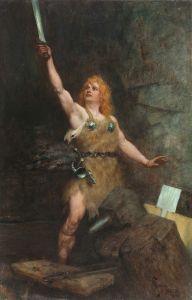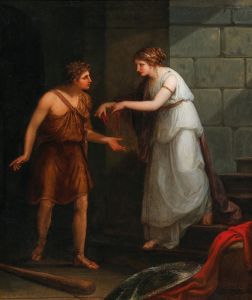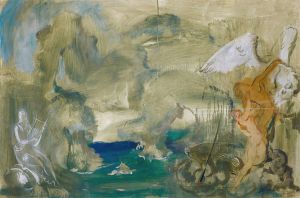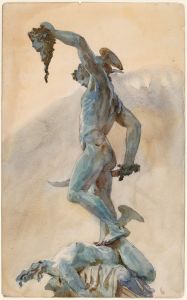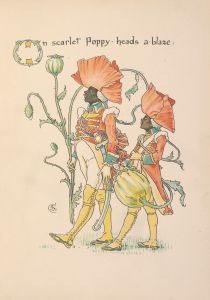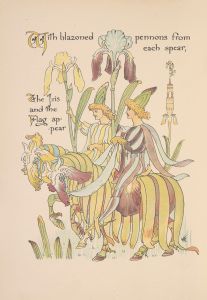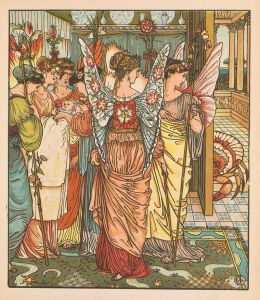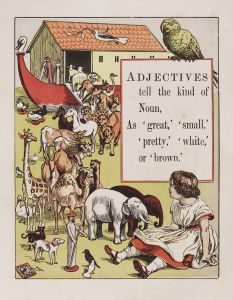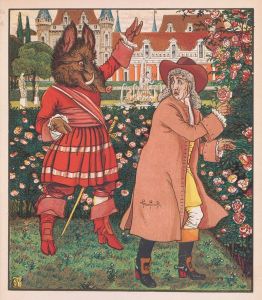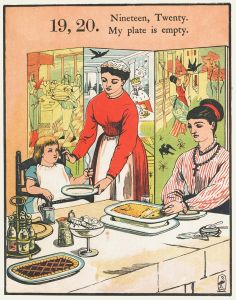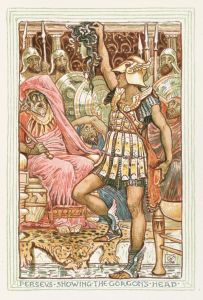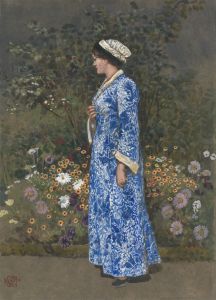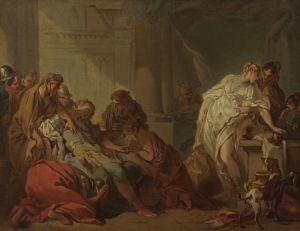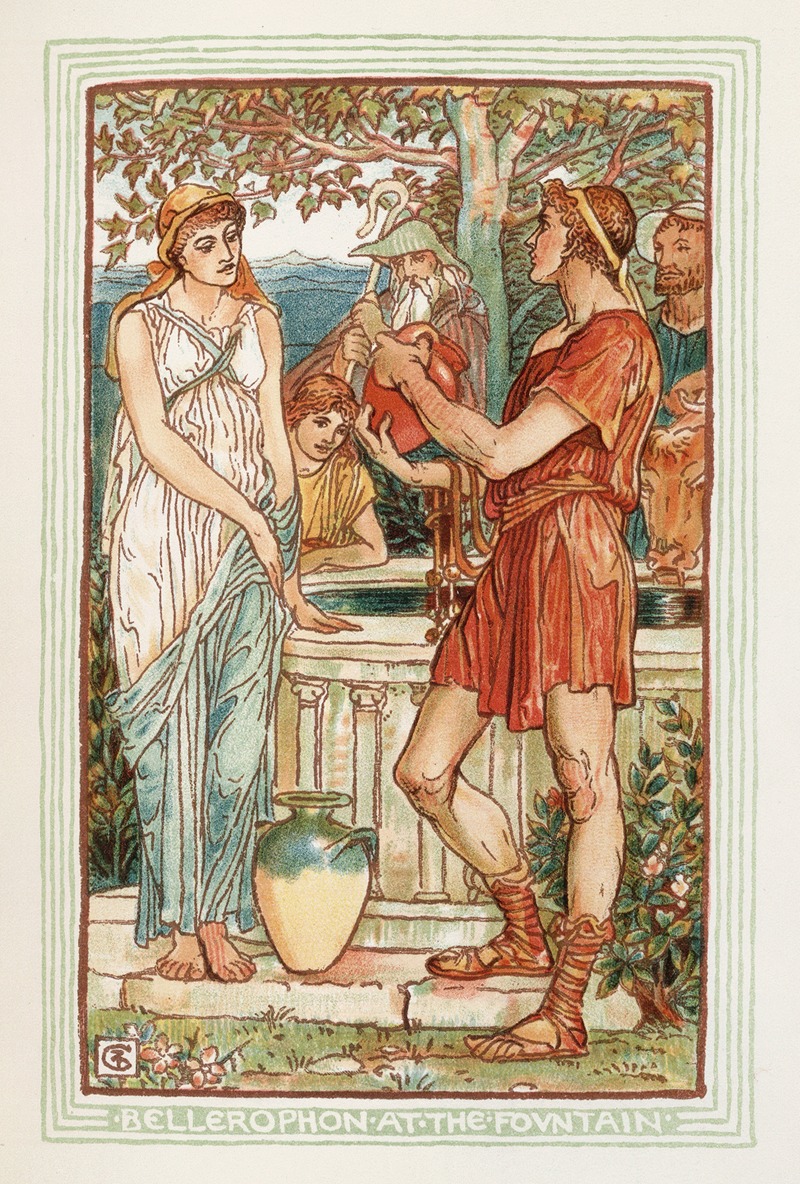
Bellerophon at the fountain
A hand-painted replica of Walter Crane’s masterpiece Bellerophon at the fountain, meticulously crafted by professional artists to capture the true essence of the original. Each piece is created with museum-quality canvas and rare mineral pigments, carefully painted by experienced artists with delicate brushstrokes and rich, layered colors to perfectly recreate the texture of the original artwork. Unlike machine-printed reproductions, this hand-painted version brings the painting to life, infused with the artist’s emotions and skill in every stroke. Whether for personal collection or home decoration, it instantly elevates the artistic atmosphere of any space.
Walter Crane was a prominent English artist and illustrator, known for his contributions to the Arts and Crafts Movement and his work in children's book illustrations. One of his notable works is "Bellerophon at the Fountain," which reflects his interest in classical mythology and his distinctive artistic style.
"Bellerophon at the Fountain" depicts the mythological figure Bellerophon, a hero from Greek mythology, who is best known for taming the winged horse Pegasus and defeating the Chimera. In the myth, Bellerophon is sent on a quest to kill the Chimera, a fire-breathing monster, and he succeeds with the help of Pegasus. The scene at the fountain is significant because it is where Bellerophon first encounters Pegasus. According to the myth, Bellerophon was advised to sleep in the temple of Athena, where he received a golden bridle in a dream. Upon waking, he found the bridle and used it to tame Pegasus at the fountain of Pirene in Corinth.
Walter Crane's depiction of this mythological moment captures the romantic and heroic essence of the story. His style is characterized by a strong sense of line, vibrant colors, and a harmonious composition, all of which are evident in this painting. Crane was influenced by the Pre-Raphaelite Brotherhood, and his work often features similar attention to detail and a focus on beauty and narrative.
Crane's interest in mythology and classical themes was part of a broader Victorian fascination with ancient cultures and their stories. This interest was reflected in the art and literature of the time, as artists and writers sought to explore and reinterpret these timeless tales. "Bellerophon at the Fountain" is an example of how Crane brought these stories to life through his art, making them accessible and engaging for contemporary audiences.
In addition to his mythological works, Walter Crane was a key figure in the Arts and Crafts Movement, which emphasized traditional craftsmanship and the decorative arts. He believed in the unity of art and design, and his work often blurred the lines between fine art and applied art. This philosophy is evident in his illustrations, wallpapers, and textiles, which were highly influential in the late 19th and early 20th centuries.
Crane's legacy as an artist is marked by his ability to blend narrative and decoration, creating works that are both visually appealing and rich in storytelling. "Bellerophon at the Fountain" stands as a testament to his skill in capturing the essence of mythological tales and his contribution to the artistic movements of his time.
While specific details about the creation and exhibition history of "Bellerophon at the Fountain" may not be extensively documented, the painting remains an important part of Walter Crane's body of work, showcasing his talent and his enduring influence on the world of art and illustration.





